The Top Iran Dessert Food You Need to Try!
The Persian word “shirini” refers to Iran dessert food, which is well-known for its rich cultural history, delicate textures, and mouthwatering flavors. These delicious sweets, which make Iran’s dessert food list, have become a staple of Iranian cuisine, captivating the palates of people all over the world. Throughout history, the Persian, Arab, Turk, and Mongol civilizations have all had an impact on Iranian dessert recipes. Best Persian Desserts showcase a wide variety of tastes and cooking methods that are the product of the blending of these culinary traditions.
In this article, we will go through Iranian sweets names and Iran’s top ten desserts.
Iranian Dessert Food
Iranian dessert recipes provide distinctive tastes, a window into another culture, and a beautiful presentation. They have a unique flavor because of components like pistachios, cardamom, rosewater, and saffron. By sampling Iran dessert food, you can explore Iran’s diverse culinary customs and learn about the cultural significance of each dish.
Iran dessert food list is diverse and adaptable, offering crispy pastries, creamy puddings, and chewy confections to suit a range of palates. Their attractive appearance, topped with almonds, flowers, and powdered sugar, is creative. Indulging in these delicacies fosters Iranian hospitality and fosters interpersonal relationships.
Best Persian Desserts are often healthier because they include a lot of nutrient-dense components. You can widen your palate and experience the charms of Iranian culture by tasting Iran’s top ten desserts.
Iran’s Top Ten Desserts
Iranian desserts are known for their artistic and intricate presentation. The attention to detail in their presentation makes Iranian desserts a feast for the eyes as well as the palate, adding to the overall enjoyment of the culinary experience. Furthermore, we will answer the question “What is a popular dessert in Iran?” and go through Iran’s top ten desserts.
1. Cake e Yazdi: Persian Cupcake
Persian Cupcake, or Cake-e Yazdi, is a popular traditional Iranian dish that is admired for its lovely appearance and subtle flavors. Cake-e Yazdi, named after the Iranian city of Yazd, where it first appeared, has grown to be a well-liked dessert both inside and outside of Iran.
Typically, cake-e Yazdi is created with a mixture of ingredients, including yogurt, eggs, sugar, flour, and rosewater. Cardamom lends a distinctive and fragrant flavor to the batter. The cupcakes are often studded with chopped pistachios or raisins to create a delicious texture and flavor contrast.
2. Sholehzard: Saffron Pudding
Iranian rice pudding called Sholehzard is creamy and flavored with cardamom, rosewater, and saffron. It is a well-liked Iran dessert food that is consumed on special days. After the rice is mushy, it is combined with sugar and boiled until it thickens.
Sholehzard is typically served cold and chilled, topped with pistachios or almonds that have been slivered. It is a symbol of welcome and kindness because of its fragrant aromas and cultural significance. It is seen as a sign of hospitality and is frequently offered during holy holidays like Ramadan. A bowl of Sholehzard shared with loved ones and friends promotes happiness and camaraderie. A delicious and cozy dessert experience that highlights the distinct flavors of Iranian cuisine is provided by Sholehzard.
3. Koloocheh
A classic Iranian dessert, koloocheh is eaten on special occasions and during festivities. It’s a multi-sized and shaped-filled cookie. Made with flour, sugar, and butter or oil, the dough is rolled out and filled with delicious ingredients like almonds or dates. After shaping and sealing, the pastries are baked till golden brown.
Koloocheh is commonly sprinkled with sesame seeds or powdered sugar and has a soft, crumbly texture. It is offered at celebrations and holidays and has cultural importance as a statement of happiness and welcome. A delicious taste of Iranian pastry traditions, Koloocheh has a buttery crust and savory fillings.
4. Noon Khamei: Persian Cream Puffs
Iranian pastries like Noon Khamei, sometimes called Éclair or Persian Cream Puffs, are well-liked for their delectable cream filling and airy, light texture. “Noon Khamei” means “soft bread” in Persian, a reference to the pastry’s delicate and fluffy texture. Cream puff versions may be found in many civilizations across the world, demonstrating the popularity of Noon Khamei outside Iran. On the other hand, the Persian rendition showcases the distinctive qualities of Iranian pastry-making with its particular flavors and presentation.
Noon Khamei, with its fluffy puffs and creamy centers, is a lovely treat for anyone who enjoys cream-filled pastries or wants to try something new when it comes to Iranian desserts.
5. Sohan: Persian Saffron Toffee
Persian Saffron Toffee, or Sohan, is a traditional Iranian confection that is brittle and toffee-like, with distinct flavors of saffron and rosewater. To make Sohan, you need to combine ingredients like wheat germ, sugar, butter, saffron, and rosewater. The process of making Sohan is labor-intensive and requires skill and precision because temperature control and the cooking procedure are key to getting the right texture and flavor. This confection has been passed down through the generations as a symbol of Iranian sweets artifices.
6. Gaz
Gaz is a beloved Iranian treat that has been delighting palates for centuries. Hailing from the city of Isfahan, this classic nougat candy has garnered praise in Iran and abroad. Made with a mixture of honey, sugar, and rosewater, Gaz is a chewy, delicious confection. Pistachios and almonds add a delightful crunch and nutty flavor that balances the sweet nougat base.
Every bite of Gaz presents a harmonious blend of textures and a delicate, fragrant taste that is genuinely unique. Because of its cultural significance and artisanal craftsmanship, Gaz is a beloved symbol of Iranian culinary heritage, luring both locals and tourists to enjoy its captivating charm.
7. Zoolbia-Bamieh
A common Iranian delicacy called “Zoolbia-Bamieh” combines two different fried pastries called “Zolbia” and “Bamieh.” These two desserts are frequently seen in Iranian confectionary shops and are relished together on special occasions. Zoolbia is a golden-crusted pastry shaped like a pretzel. It has a vivid yellow color due to the saffron, yogurt, and flour mixture used to make it.
On the other side, bamieh is a delicate pastry that resembles a doughnut. Its delicate and fluffy texture comes from a blend of flour, yogurt, and rosewater. Frequently, the dough is piped into boiling oil and cooked until golden brown.
8. Halva
A delectable treat with a special place in Iranian food and culture is halva. Made with a mixture of flour or semolina, sugar or honey, butter, and spices like saffron, rosewater, or cardamom, it is a dense and rich dessert. Cooking the ingredients together until they have a smooth, velvety consistency is the method of producing halva.
For extra texture and visual appeal, slivered almonds, pistachios, or other nuts are usually added as a garnish. There are many different types and tastes of halva, such as sesame-based halva (called “Halva Ardeh”), nut-based halva, and wheat-based halva. Every variety has a distinct flavor and texture characteristic of its own.
9. Ranginak
Another excellent treat from Iran, Ranginak, is distinguished by its distinct taste and texture combination. Originating in the southern parts of Iran, specifically in the province of Hormozgan, this delicacy is a classic date and walnut dish. Simple ingredients like walnuts, fresh dates, cinnamon, and sesame seeds are all that are needed to make ranginak.
The Persian term for “Ranginak” means “colorful,” referring to the dessert’s vivid colors and range of textures. The variety of stuffed dates is generally displayed on a pretty tray when it is served.
10. Faloodeh Shirazi
Another well-liked Iranian delicacy with a distinctive and refreshing flavor is Faloode Shirazi. It comes from Shiraz and has spread throughout Iran and abroad as a popular dessert. A sweet and sour syrup is blended with thin vermicelli noodles, also called “faloodeh,” to create Faloodeh Shirazi, a frozen delicacy. This Iran dessert food is occasionally served with a scoop of “bastani,” a classic Iranian ice cream, or it is decorated with crushed ice and rose petals. A distinct and delightful texture is produced by the contrast between the sweet, frosty syrup and the soft, smooth noodles.
What Is A Popular Dessert in Iran?
Since each person has a unique preference, picking only one dessert as the favorite of all Iranians is not easy. But among all these tasty desserts, everyone will find a sweet treat they love. It might be interesting to you that the names of Iranian candies have cultural meaning in Iranian culture. Iranian desserts are typically served at religious festivals, special events, and festivities.
Moreover, Iranian desserts are becoming more and more popular across national borders. Iranian sweets are becoming more well-known and appreciated abroad thanks to the Iranian diaspora populations that live all over the world. Persian bakery and pastry shops are common in worldwide cities, serving the delicious flavors of Persian pastries to both Iranians and non-Iranians.
Final Words
Finally, it should be noted that Iranian dessert food is delicious because of a variety of factors, including cultural influences, the use of natural ingredients, attention to detail, the balance of flavors, variety and creativity, and their cultural value.
Best Persian Desserts of Iran are not only delicious, but they are also culturally significant because they are essential to Iranian ceremonies, celebrations, and hospitality. Sharing sweets is a gesture of warmth and hospitality, and indulging in these treats fosters a sense of community and connection.
Are you planning to travel to Iran and looking for an Iran Travel Agency? Check out our Iran tours and Iran food tour.

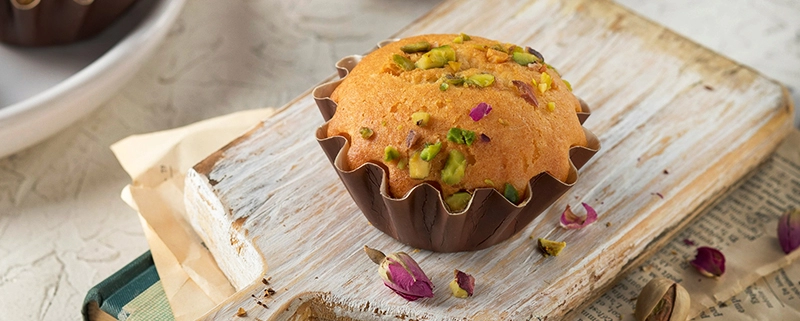
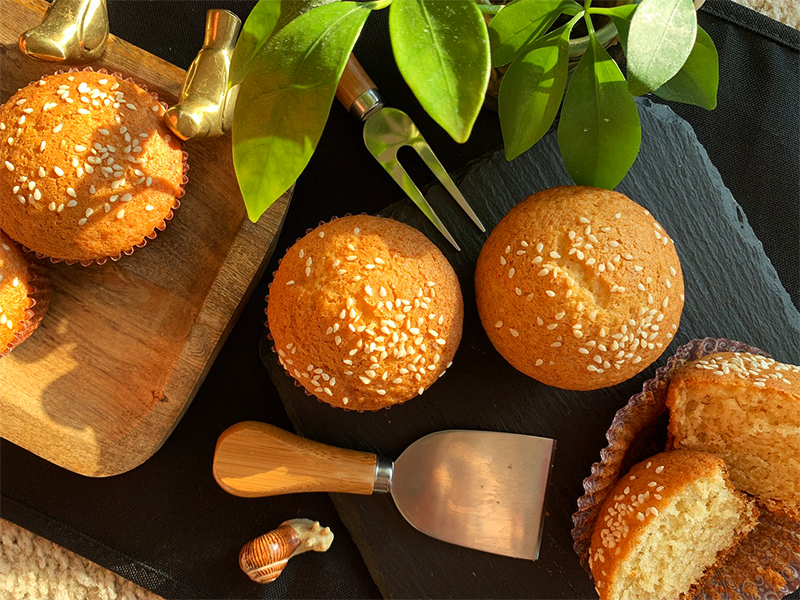
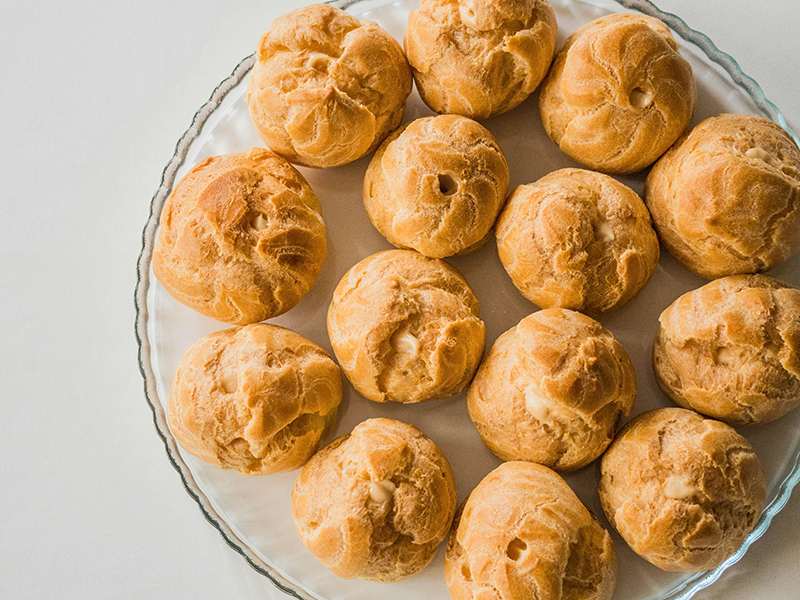
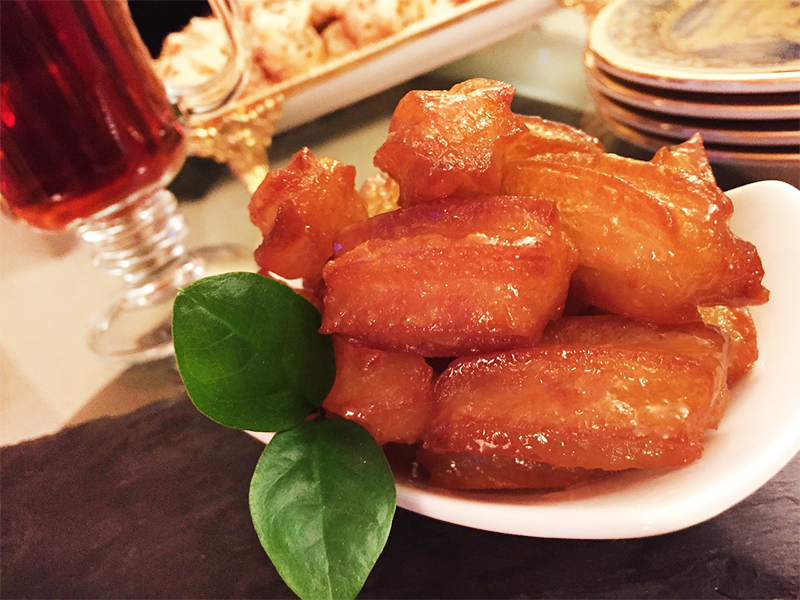
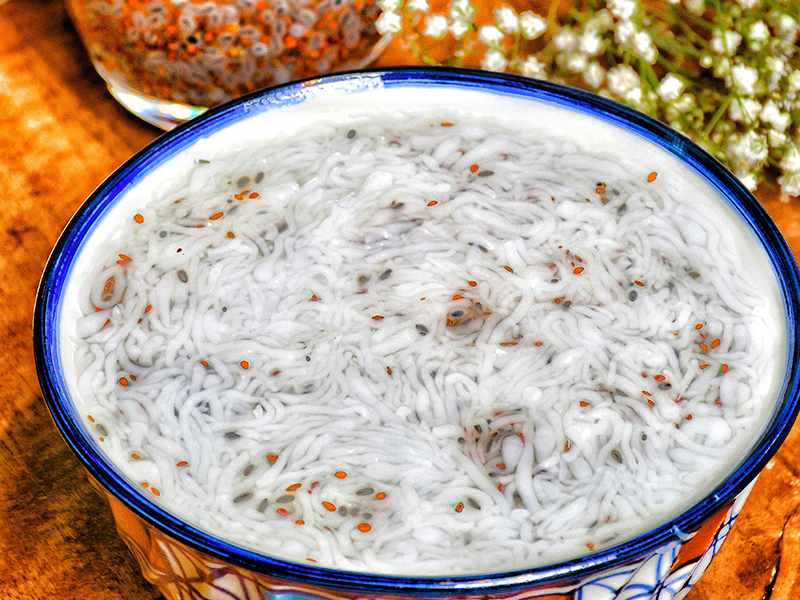




Leave a Reply
Want to join the discussion?Feel free to contribute!